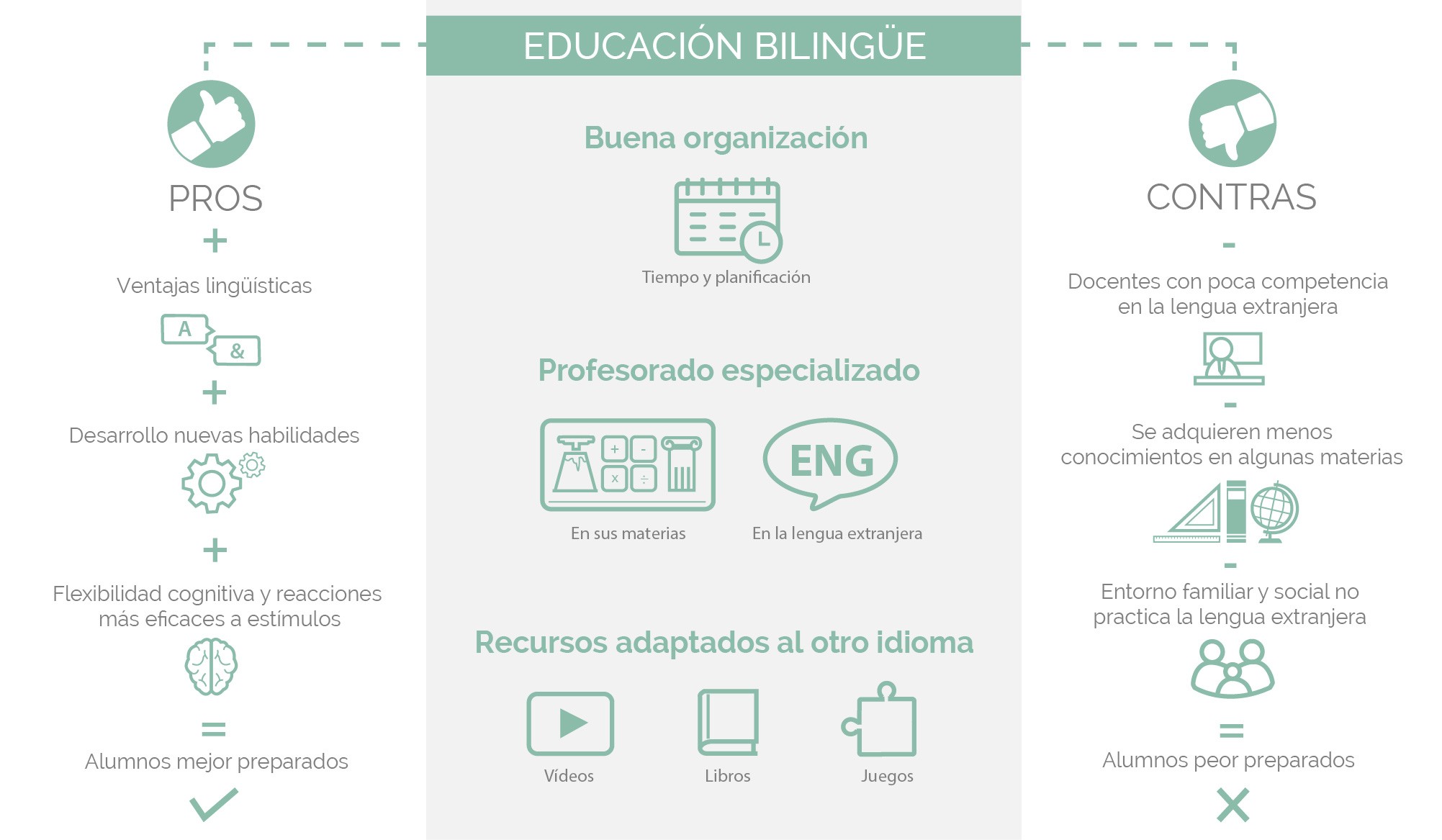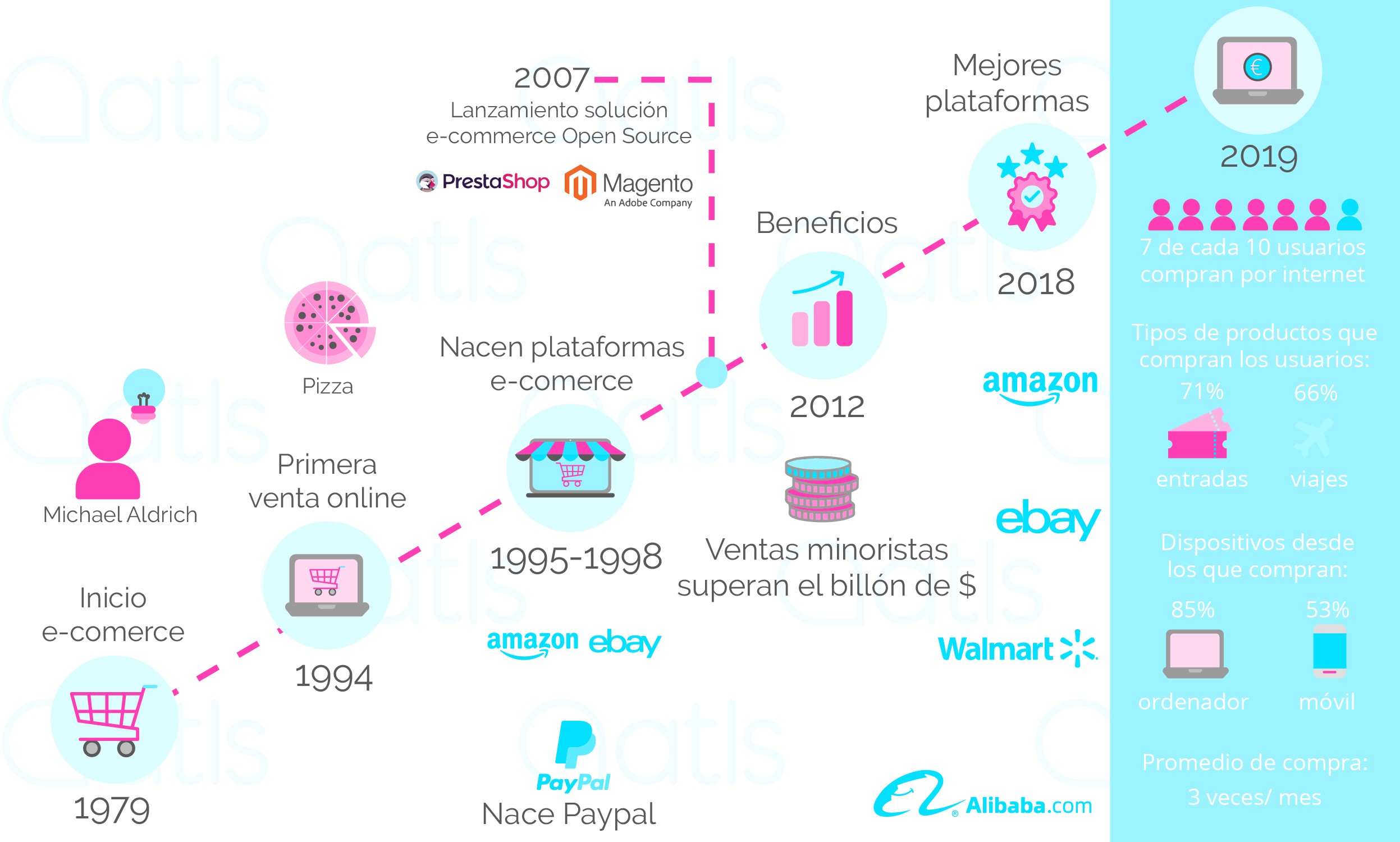3 key factors for internationalisation

Are you thinking of internationalising your company? Launching on other markets can help you to get better business opportunities. Today we explain the keys to undertaking an internationalisation process. Take note!
Discover how to internationalise your business
Carrying out an internal and external analysis
Before taking your company global, you will need to undertake a SWOT analysis, which assesses the strengths, weaknesses, opportunities and threats of trading or investing on other markets. Based on this analysis, you can obtain valuable information, such as whether or not the company will be capable of dealing with the possible demands of internationalisation markets.
You should also undertake research to check whether the product or service to be marketed is suitable for all markets. It's important to analyse political, economic, social, technological, environmental and legal factors, i.e. to perform a PESTEL analysis of each country. Other variables also need to be looked at, such as possible language barriers or availability of methods of payment.
Depending on the results of these two analyses, the company will know in which country or countries it will find more opportunities and should therefore focus its internationalisation efforts. As outlined in previous posts, Google Analytics data should also be studied to ascertain which countries the most hits are received from.
Setting objectives and making a plan of action
We should be very sure as to why we want to expand a brand into other countries and what are the objectives of taking this step. These objectives must be reviewed each year to adjust or adapt the plan of action at all times.
How to establish a global action plan?
We must take the following into account:
- Competitiveness of the product or service on the chosen market: once we have established which markets we are focusing our expansion on, we need to analyse the positioning of the product or service with respect to the competition and assess its competitive advantages.
- Distributing and marketing the product or service: another important aspect is knowing how the product or service will be distributed or traded and what are the most suitable channels for this, since these may vary from country to country.
- Knowing the consumer profile: it is essential to get clear on the nature of the consumers in each country and, if necessary, adapt the product or service to these.
- Establishing the price of the product or service: it may be necessary, depending on the country, to set different price ranges based on the level of competition or the economic standard of each market.
Doing marketing and advertising
Once you are clear on the action plan, you need to assess the communication and advertising actions for the product or service.
These days, thanks to new technologies, there are no borders and, because of this, it is crucial to have a quality website, with contents adapted to each market and a proper user experience. You will have to establish the language or languages to be used in communications and determine the marketing actions to be undertaken, such as inbound marketing, growth hacking, SEO, etc. Lastly, in terms of promoting the product or service, we need to assess what are the most suitable ways in each country for each type of user, i.e. social networks, emailing campaigns or participation in events, among other options.
As you can see, internationalising a business is a long process that requires study and continuous updating of business objectives. Remember that language and translation are important elements in your internationalisation plan.




